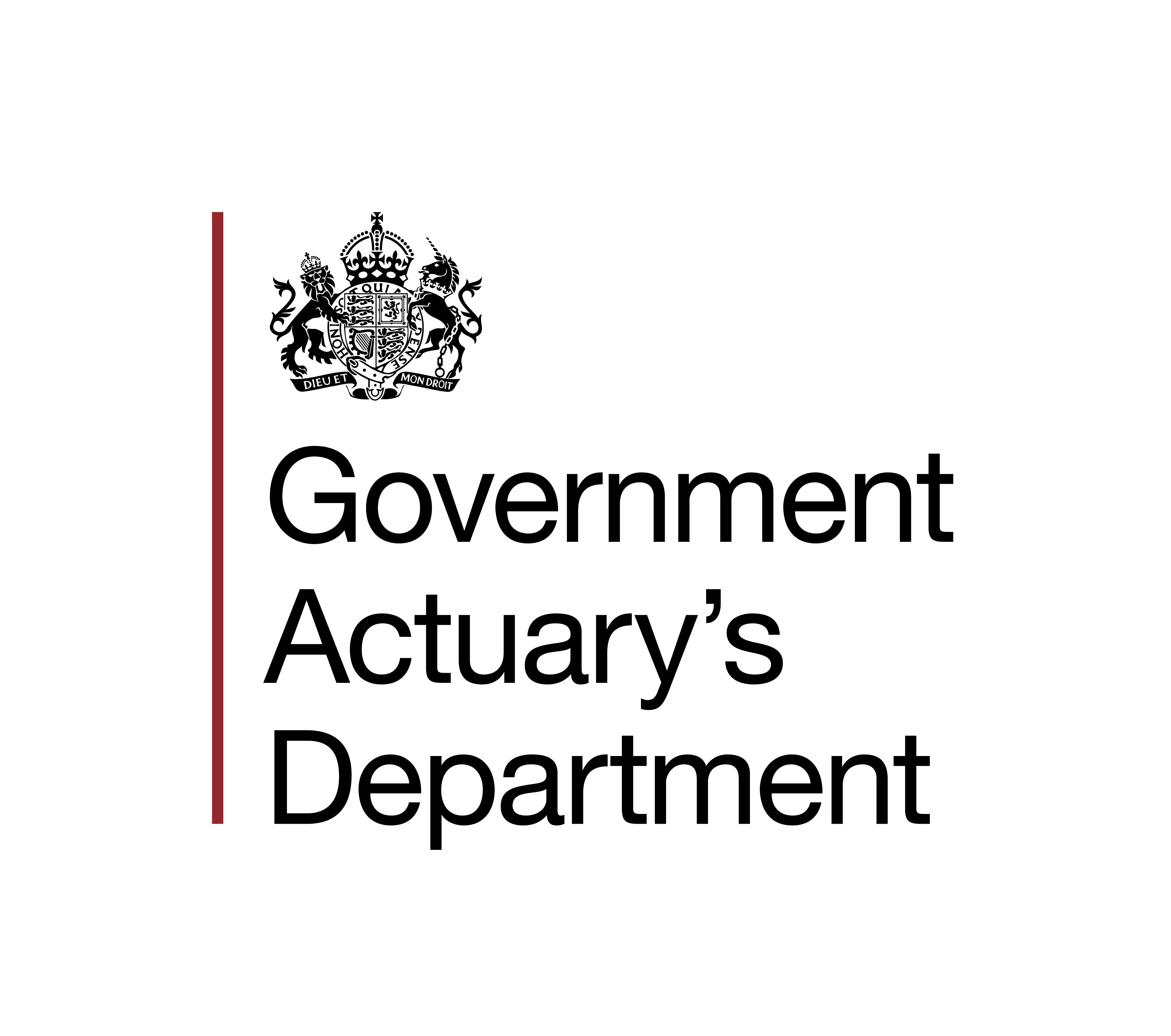Those in receipt of scheme benefits do not have an entitlement to a CETV. The pensioner cash equivalent can be calculated using the method in this section, but should be used for divorce purposes only.
Factors should be selected from the two sets of tables:
P1CENH1 | Pensioners who retired not on ill health grounds |
P1CEIH1 | Pensioners who retired on ill health grounds |
The age of the member should be taken at the calculation date (see Cash equivalents on divorce: general considerations).
Benefits should also be taken at the calculation date. In particular, the member's pension should be the current annual rate of pension payable and the partner's pension should be the annual rate which would be payable if the member died on the calculation date (for this purpose, it should be assumed that an eligible partner exists). The last pension increase should be that awarded up to and including the April increase immediately before the calculation date (even though pension increases may have not been granted by virtue of the member not having reached age 55).
For the subset of members who reached State Pension age before 6 April 2016 and have an accrued GMP, the cash equivalent needs to be adjusted to reflect increases on the GMP that are the responsibility of the State. Further details are set out in Adjustments for Guaranteed Minimum Pension. For these members, separate pre and post 1988 GMP figures need to be used. The amounts to use are the current annual amounts of GMP in payment at the calculation date. No adjustment should be applied to the cash equivalent for any other members.
If the member's pension is reduced due to abatement, then the abatement reduction should be ignored for the purpose of this calculation. Benefits should be calculated as though the member had ceased re-employment on the date of calculation, and valued accordingly.
For a member below their State Pension age, the pensioner cash equivalent (CE) should be calculated as:
CE = (P x FxP) + (S x FxS) - (Gpre x FxGpre + Gpost x FxGpost) - (NI x FxNI)
Where:
P is the current member's gross annual pension at the calculation date (i.e. the National Insurance (NI) modification has not been deducted)
S is the partner's annual pension at the calculation date
Gpre is the annual pre-88 GMP at the calculation date (for members who reached SPA before 6 April 2016) or zero (for members who reached SPA on or after 6 April 2016)
Gpost is the annual post-88 GMP at the calculation date (for members who reached SPA before 6 April 2016) or zero (for members who reached SPA on or after 6 April 2016)
NI is the annual NI modification (if any) at the calculation date
FxP is the member's pension factor
FxS is the partner's pension factor
FxGpre is the pre-88 GMP factor
FxGpost is the post-88 GMP factor
FxNI is the NI factor
The factors are taken from Table P1CENH1 or P1CEIH1 as appropriate, based on a member aged x last birthday at the calculation date.
For a member above their State Pension age, the pensioner cash equivalent (CE) should be calculated as:
CE = (P x FxP) + (S x FxS) - (Gpre x FxGpre + Gpost x FxGpost)
Where:
P is the current member's gross annual pension at the calculation date (i.e. net amount after deduction for NI modification)
S is the partner's annual pension at the calculation date
Gpre is the annual pre-88 GMP at the calculation date (for members who reached SPA before 6 April 2016) or zero (for members who reached SPA on or after 6 April 2016)
Gpost is the annual post-88 GMP at the calculation date (for members who reached SPA before 6 April 2016) or zero (for members who reached SPA on or after 6 April 2016)
FxP is the member's pension factor
FxS is the partner's pension factor
FxGpre is the pre-88 GMP factor
FxGpost is the post-88 GMP factor
The factors are taken from Table P1CENH1 or P1CEIH1 as appropriate, based on a member aged x last birthday at the calculation date.

